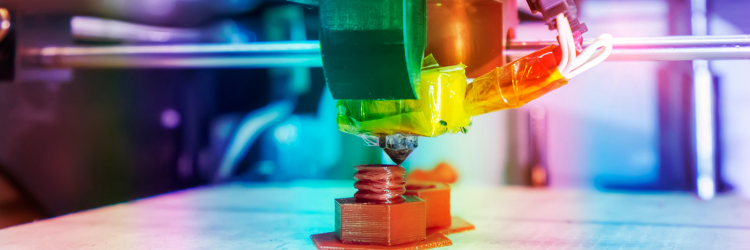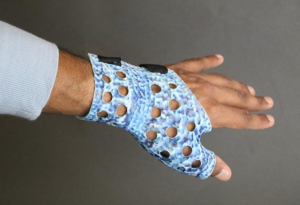Personalize 3D-Printable Models
Novice makers are increasingly fabricating their own 3D printed objects via free, open-source, user-generated 3D models they download and create on their 3D printers. However, when custom designing, the challenge is using complex and expensive computer-aided design (CAD) software. Even adding personalized elements to an object, ensuring those customizations don’t hurt its functionality requires more expertise than many have.
MIT researchers developed a generative-AI-driven tool allowing users to add custom design elements to 3D models without compromising useage. The tool Style2Fab can personalize 3D models of objects using only natural language prompts to describe their desired design. Makers can then fabricate the new model with a 3D printer.
The tool is driven by deep-learning algorithms that automatically partition the model into aesthetic and functional segments, streamlining design.
Makers can even use Style2Fab to personalize medical devices. Considering an assistive device’s aesthetic and functional features increases the patient’s likelihood of using it. A user could customize the appearance of a thumb splint to blend in with clothing without altering the splint’s functionality.
Thingiverse, an online repository, allows individuals to upload user-created, open-source digital design files of objects to download and fabricate with a 3D printer. After studying the files in the vast repository, the team better understood how to use AI to segment models into functional and aesthetic components. The stylization tool needed to preserve the geometry of externally and internally functional segments, enabling customization of nonfunctional, aesthetic parts.
Once a user accepts the segmentation, they enter a natural language prompt describing their desired design elements. An AI system, known as Text2Mesh, then tries to figure out what a 3D model that meets the user’s criteria would look like, manipulates the aesthetic segments of the model in Style2Fab, and adds texture and color or adjusts the shape to make it look as similar as possible.
The researchers conducted a study with makers with a wide variety of experience levels with 3D modeling and found that Style2Fab was helpful in different ways based on expertise.


